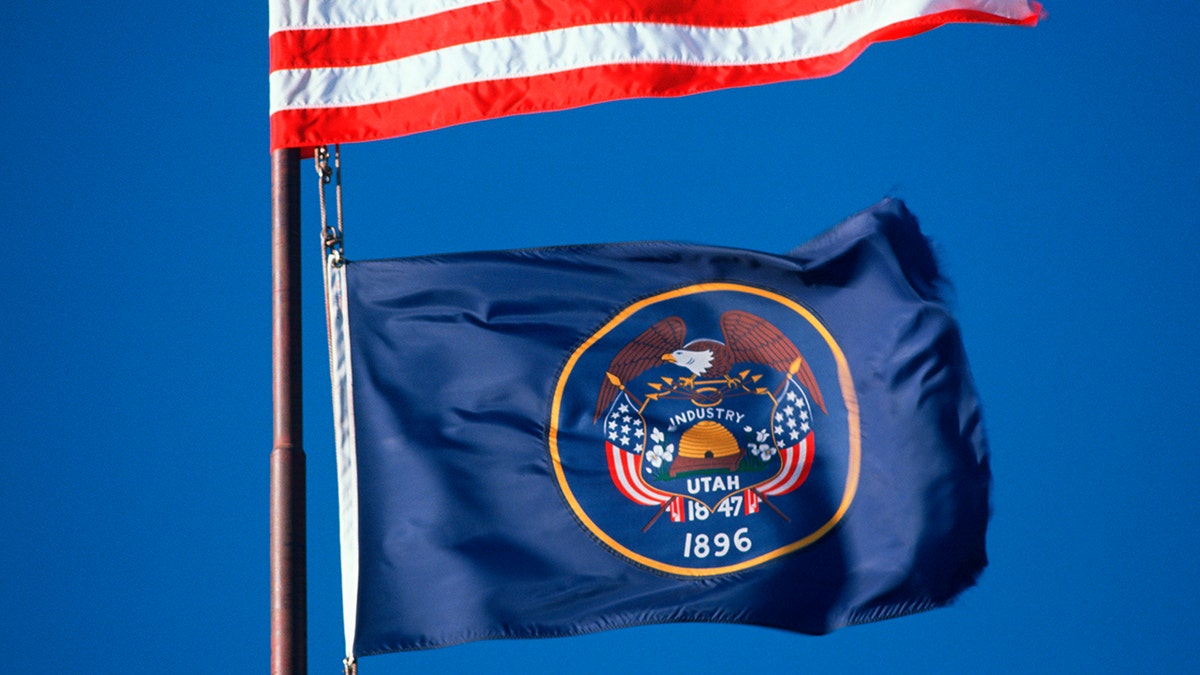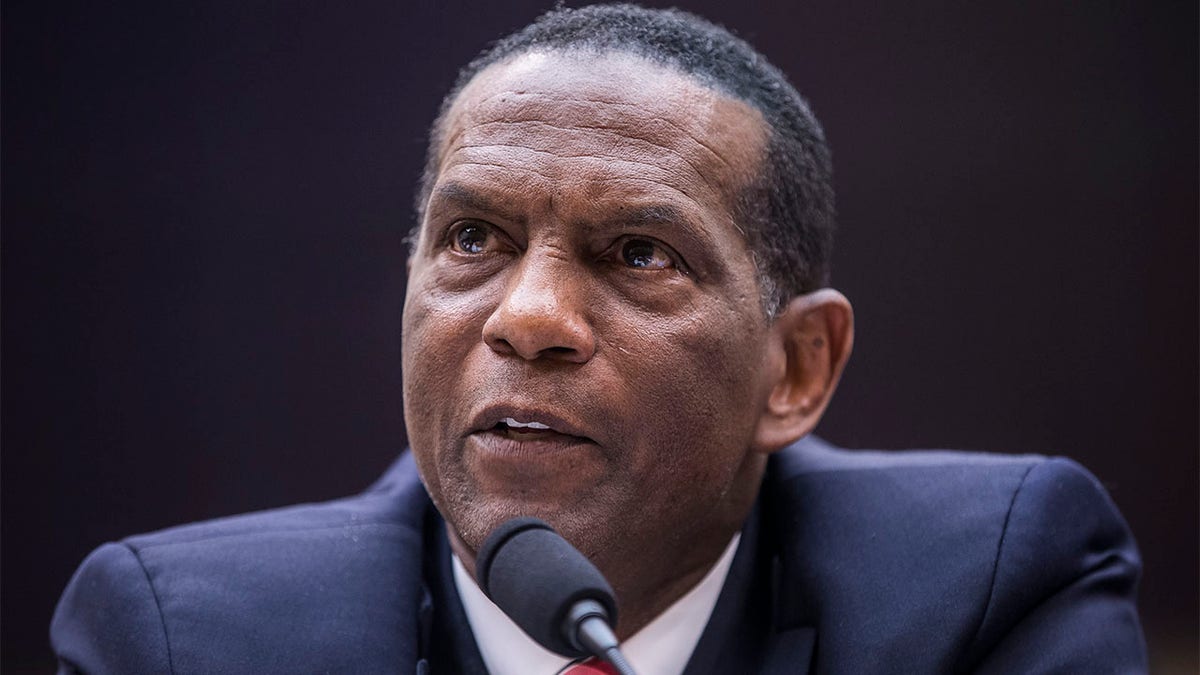Nearly 3 in 5 illegal immigrant households are on taxpayer-funded welfare, study finds
Steve Camarota, research director at the Center for Immigration Studies, explains that migrants often qualify for welfare because they work but make low income and are able to access benefits through their U.S.-born children.
Our home states of Texas and Louisiana have a simple request of Congress: Let us follow Utah’s lead.
For nearly 25 years, Utah has integrated federal workforce development and safety net programs, with an innovative model that quickly moves people from welfare to work. Yet Congress bans other states from taking this road, leading to more people on welfare and workforce programs that don’t help people get better jobs.
In the next month, Congress should free our states to fix welfare and workforce development – saving taxpayers money while transforming our economies.

Texas and Louisiana have a simple request of Congress: Let us follow Utah’s lead. (Joe Sohm/Visions of America/Universal Images Group via Getty Images)
We’re calling on Congress to reform the Workforce Innovation and Opportunity Act, which governs federal workforce development programs and is currently up for reauthorization. Since 1998, this law has forced states into a one-size-fits-all workforce development system that’s a synonym for failure.
BIDEN BROKE OUR WELFARE SYSTEM. HE NEEDS TO STOP PAYING PEOPLE FOR NOT WORKING
People who participate in federal programs often get worse-paying jobs, as a Louisiana state audit proved this fall. The programs also regularly misrepresent their effectiveness, saying people got jobs when they didn’t actually seek help.
This failed system, which cost nearly $4 billion in 2022, is meant to serve the same work-capable people who use the safety net. But it’s largely disconnected from welfare programs, which cost taxpayers hundreds of billions of dollars a year.
Utah shows a better way. Since 1997, the Beehive State created a novel system using federal workforce development funding.
To this day, if you’re a Utah resident applying for unemployment insurance, food stamps, Medicaid or cash welfare, you have to go through the state’s Department of Workforce Services. Your case worker helps you access the safety net while simultaneously developing a personalized plan of action to help you get back into a good-paying job as quickly as possible.
The system is purpose-built to help people move from government dependence to individual success.
SOCIAL SECURITY, MEDICARE ARE ON THE ROCKS – AND NO LEADER IN EITHER PARTY WANTS TO STEP UP
Utah’s model is a key part of its booming economy, which is the strongest in the country, according to everyone from U.S. News and World Report to the American Legislative Exchange Council.
Utah has the lowest rate of residents on food stamps and the second-lowest for Medicaid. It also has the highest state labor force participation rate in the country and a poverty rate of 8.6%, compared to 12.8% nationally.
And Utah recovered from the pandemic faster than any other state, replacing nearly two jobs for every one that was lost – the best record in the nation. While Utah’s success also reflects smart policies and cultural values, its unique system of connecting welfare and workforce development is a major factor.
Congress grandfathered Utah’s model in 1998, yet blocking state innovation clearly hasn’t worked, as our states can attest. The Texas legislature called on Congress to give it the same authority as Utah earlier this year, while Louisiana conducted its recent workforce development audit to prove the need for reform.
Last month, Utah Rep. Burgess Owens introduced the "One Door To Work Act," which would free up to eight states from federal handcuffs, while the House Committee on Education and the Workforce has voted to let four small states innovate as they see fit.
CLICK HERE TO GET THE OPINION NEWSLETTER
While that’s progress over the status quo, the best bet is to empower every state to use federal workforce funding as they see fit. Some would create a truly integrated one-stop shop like Utah’s. Others could design their own innovative system.

Burgess Owens testifies during a hearing held by the House Judiciary Subcommittee on the Constitution, Civil Rights and Civil Liberties on June 19, 2019, in Washington, D.C. (Zach Gibson/Getty Images)
As Utah shows, when state officials – not federal bureaucrats – are in the driver’s seat, they can tailor their approach to their citizens’ unique needs. It helps to know the people you’re serving.
The nationwide opportunity is immense. More than 40 million Americans are on food stamps and 80 million are on Medicaid, yet hardly any are purposely connected with workforce development. Such separation ensures that millions of people stay on welfare, when they could and should be guided toward work.
CLICK HERE TO GET THE FOX NEWS APP
If Congress grants states the freedom to innovate, they’ll save money for taxpayers by shrinking welfare rolls while expanding opportunity and creating booming economies.
Utah proves what’s possible. Louisiana and Texas are ready to prove they can do even better.
CLICK HERE TO READ MORE FROM GREG SINDELAR
Daniel J. Erspamer is CEO of the Pelican Institute for Public Policy. Their organizations are part of the Alliance for Opportunity.




